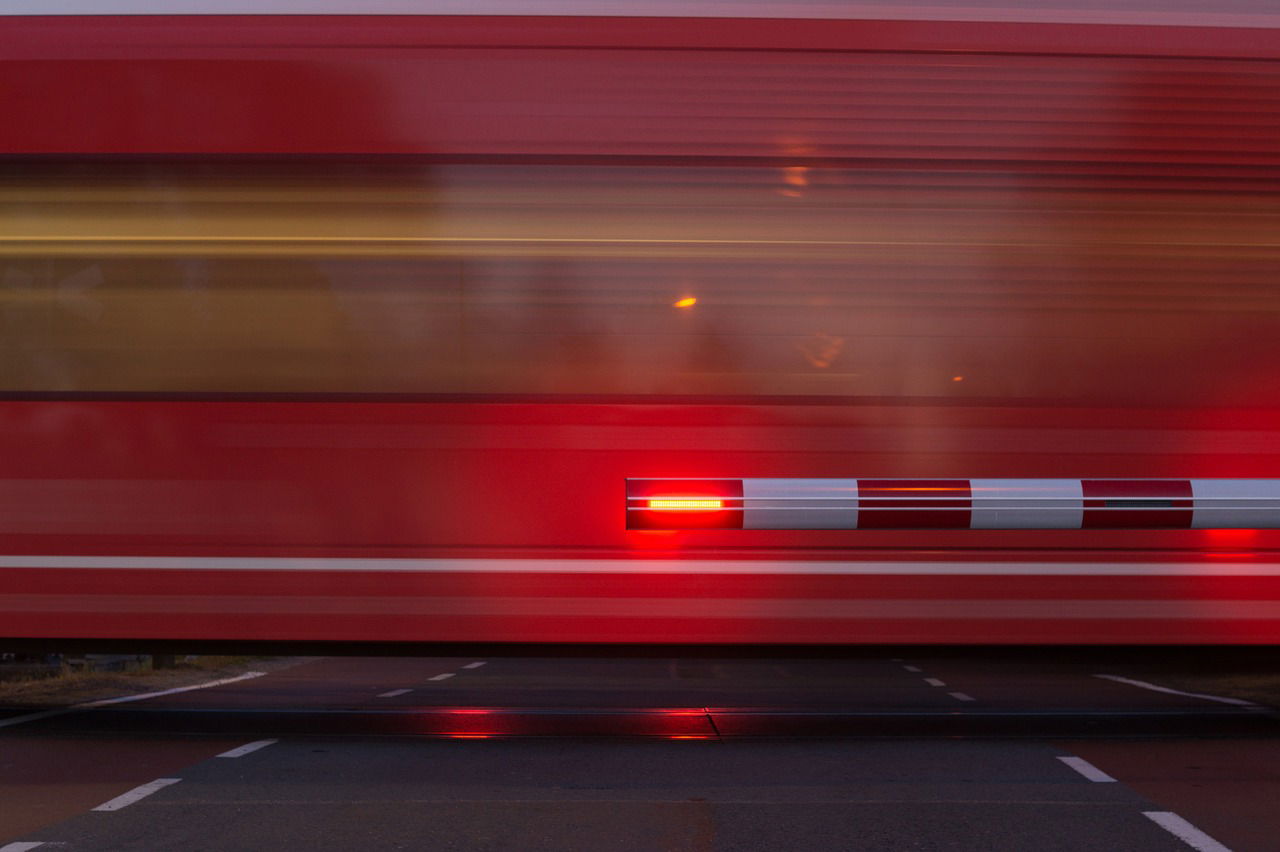Barrier Gates

Barrier Gates fences enclosing entrances to a yard, garden, or another outdoor area. The purpose of a barrier gate is to prevent unauthorized passage into a Premises. A gate enclosure is often referred to as a "wall." A typical barrier gate is typically comprised of a rectangular post, usually made of steel, with two to three horizontal braced rails running horizontally and vertically on a stable surface. Gate heights are often between 1/2 "and 3/4" high.
Barrier Gates is commonly used for vehicles traveling through residential or public streets or even an adjacent parking lot. There are many uses of Barrier Gates, ranging from simple designs to highly-customized gate applications for specific purposes. These protective structures can provide a number of benefits, such as vehicle traffic management, visual control, safety, and security. Barrier Gates are sometimes used to prevent access to schoolyards, public parks and recreational areas, and private residences. If you are interested in knowing more about the barrier gates, please click here.
Barrier Gates came with a variety of different designs, including aluminum, steel, vinyl, wood, or any combination thereof. Many gate manufacturers offer both heavy-duty and light-duty versions of barrier gates. Many vehicle accessory stores stock barrier gates, as well as several types of sliding gates, such as recessed sliding gates, exterior-mounted rolling gates, and indoor games. Check out this site: https://parkingboxx.com/barrier-gates to learn the benefits of using a barrier on a car park.
A Barrier Gate is an effective tool for vehicle access control. A properly installed gate can provide the benefit of preventing unwanted or unauthorized access to a Premises. A barrier gate can be used as a secondary vehicle barrier for parking lots or at the driveway entrance to your home. A gate can be made to meet your needs for vehicle access control, including loading/unloading, maintenance, emergency, and parking. Barrier Gates can also be used to prevent unauthorized access to the interior of the Premises. A good example would be for an apartment complex to erect a high-rise gate that can effectively keep patrons from parking on the street or walking into the complex.
Barriers that are used in public areas are usually constructed from a heavy-duty aluminum or steel frame with integrated locking features.
These gates can be manufactured with a vertical or horizontal alignment. Sliding or Recessed sliding gates allow access control at the driveway entrance or parking lot. Indoors gates can be designed to allow access to all areas of the Premises. In certain cases where physical barriers are not sufficient, barrier gates can be combined with other security devices such as intercom, alarms, or decals.
There are many other uses for Barrier Gates, as well. Fire stations often use barrier gates along with emergency exit signs and signals. Many hospitals employ gates as a part of their emergency response system. Even though the initial cost of installing a Barrier Gate can be significant, it ultimately saves money in the long run because of possible security and/or civil litigation difficulties and the need for more personnel to supervise the installation and maintenance of these gates. Barrier Gates are also very cost-effective because they require very little upkeep once in place.
To understand more about this subject, please read a related post here: https://en.wikipedia.org/wiki/Boom_barrier.
